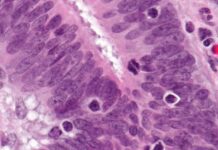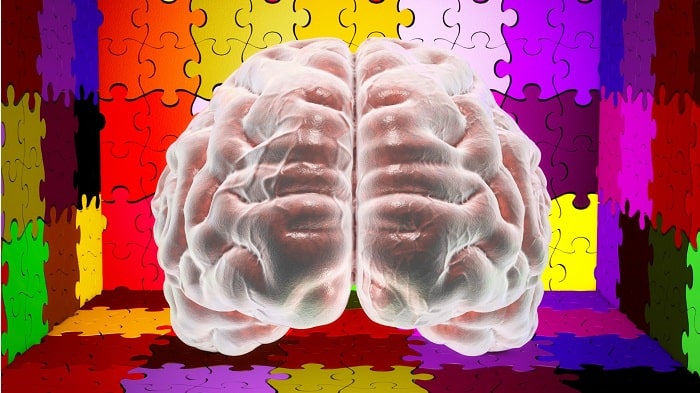An enzyme inhibitor developed by Bruce Hammock, PhD, professor of entomology, and colleagues at University of California (UC), Davis, reduced inflammation in the brains of mice born to mothers with maternal immune activation as described in a study (“Key role of soluble epoxide hydrolase in the neurodevelopmental disorders of offspring after maternal immune activation”) in PNAS. Inflammation triggered by the enzyme, soluble epoxide hydrolase, is linked to neurodevelopmental disorders in these mice.
“Inhibiting that enzyme stops the inflammation and the development of autism-like and schizophrenia-like symptoms in animal models,” said co-author Kenji Hashimoto, PhD, a professor with the Chiba University Center for Forensic Mental Health, Japan.
“Maternal infection during pregnancy increases risk of neurodevelopmental disorders such as schizophrenia and autism spectrum disorder (ASD) in offspring. In rodents, maternal immune activation (MIA) yields offspring with schizophrenia- and ASD-like behavioral abnormalities. Soluble epoxide hydrolase (sEH) plays a key role in inflammation associated with neurodevelopmental disorders. Here we found higher levels of sEH in the prefrontal cortex (PFC) of juvenile offspring after MIA. Oxylipin analysis showed decreased levels of epoxy fatty acids in the PFC of juvenile offspring after MIA, supporting increased activity of sEH in the PFC of juvenile offspring. Furthermore, expression of sEH (or EPHX2) mRNA in induced pluripotent stem cell-derived neurospheres from schizophrenia patients with the 22q11.2 deletion was higher than that of healthy controls. Moreover, the expression of EPHX2 mRNA in postmortem brain samples (Brodmann area 9 and 40) from ASD patients was higher than that of controls. Treatment with 1-trifluoromethoxyphenyl-3-(1-propionylpiperidin-4-yl)urea (TPPU), a potent sEH inhibitor, in juvenile offspring from prenatal day (P) 28 to P56 could prevent cognitive deficits and loss of parvalbumin (PV) immunoreactivity in the medial PFC of adult offspring after MIA,” wrote the investigators.
“In addition, dosing of TPPU to pregnant mothers from E5 to P21 could prevent cognitive deficits, and social interaction deficits and PV immunoreactivity in the medial prefrontal cortex of juvenile offspring after MIA. These findings suggest that increased activity of sEH in the PFC plays a key role in the etiology of neurodevelopmental disorders in offspring after MIA. Therefore, sEH represents a promising prophylactic or therapeutic target for neurodevelopmental disorders in offspring after MIA.”
The work flows from the idea that development of disorders such as autism or schizophrenia can be influenced by infections during pregnancy that expose the developing fetus to inflammatory chemicals. These disorders also have a strong genetic component.
By inhibiting soluble epoxide hydrolase, the researchers reversed cognitive and social interaction deficiencies in the mice pups. This might be due to an increase in natural brain chemicals that prevent brain inflammation.
“There is mounting evidence that inappropriate maternal immune responses during pregnancy to infection contributes elevated risk to autism spectrum disorder, at least in a fraction of cases,” said Isaac Pessah, PhD, distinguished professor of molecular biosciences and associate dean of research and graduate education at the UC Davis School of Veterinary Medicine. Pessah was not involved in the study.
The findings show that a mouse model of some of the symptoms in autistic children can be suppressed by inhibiting soluble epoxide hydrolase, a target not previously explored, Pessah said.



















